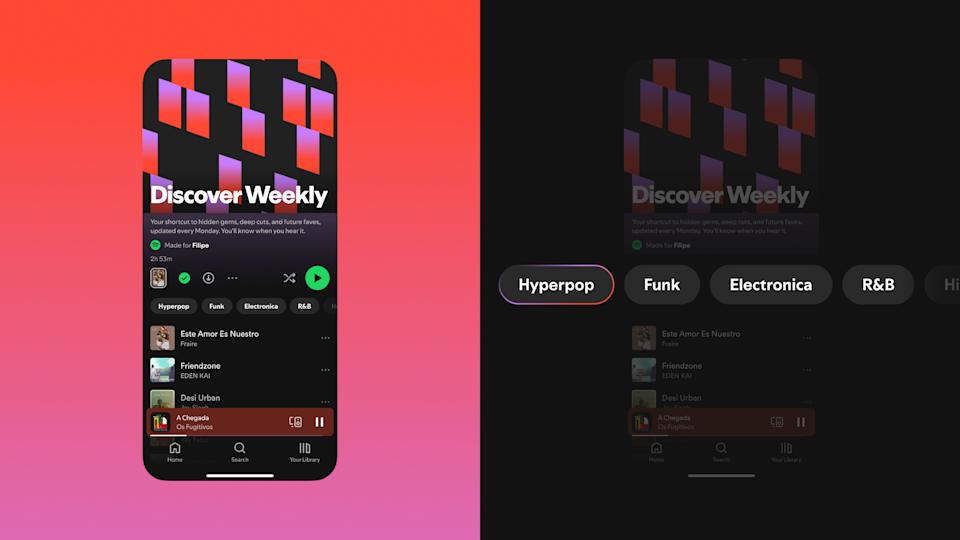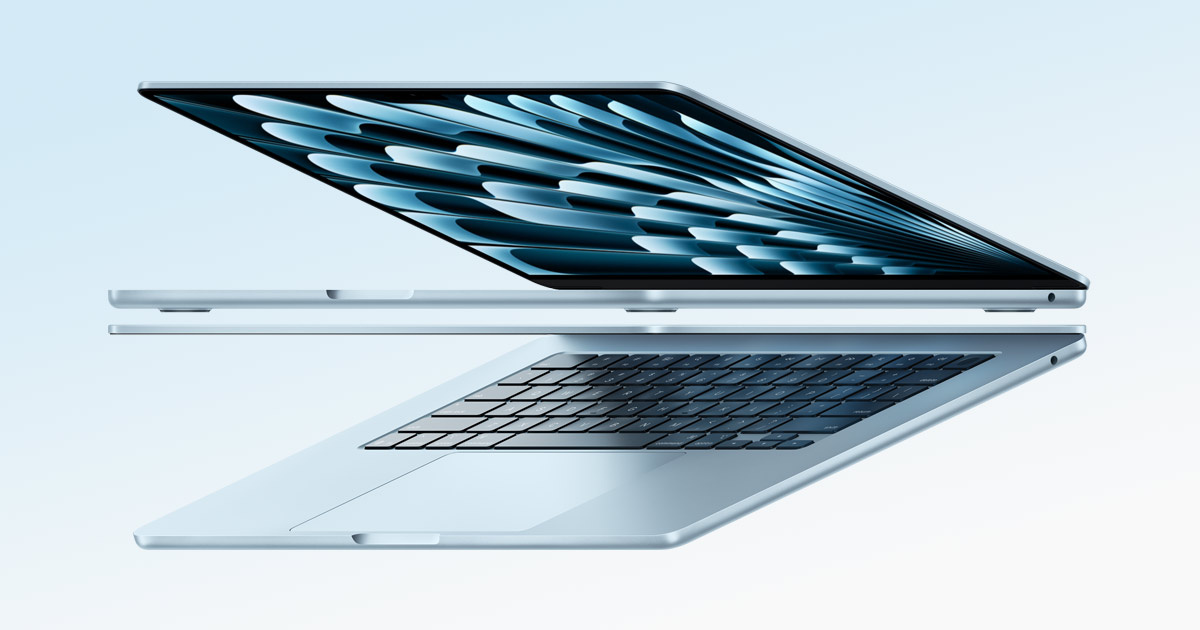Okay, when did gaming get so complicated? R1, R2, analog sticks, LB, RB? And then the games themselves; immersive world-building, expansive RPGs, dynamic first person shooters, button mashers, games with better narratives than some films even, grand epic storylines.
Kids today may be arguing their picks between PS4, Xbox One, Switch, Wii or whatever, but who remembers the glorious days of Mario Bros and Donkey Kong on Nintendo’s breakthrough, generation-defining console, the Nintendo Entertainment System, or NES for short? Say aye if you’re in the retro parade, missing the square wired controllers and crummy pixelated graphics that were actually addictive.
For this week’s TBT, we will head to the 80s and explore this banging console.

Origins
So if you’ve caught up on your Stranger Things recently, you’ll notice one not so strange thing. Kids used to head for the arcade if they wanted to get their gaming on. Leather jackets, slush puppies, and everything from race car games to Streetfighter, challenging your date to beating a new high score on ms Pacman, wow were those the days.

And that’s when it hit Nintendo. Why do families need to go all the way to the arcade for a gaming experience? Why not bring the games to their living rooms? Aha. Well not as aha as you might think. If then Nintendo president Hiroshi Yamauchi had approved the initial concept for the console, things may have looked a lot more different than the simple grey box with two wired controllers.
That’s right. Before they settled on the simpler, cheaper design, Nintendo were thinking about going all out with a 16-bit sophisticated system, that had everything from a CPU to a floppy disk drive, keyboards, the whole shebang. But Mr President wagged a finger for a big ‘no no’ and instead went with a more conventional cartridge-based game console, believing keyboards and floppy disks to be more intimidating to non-technophiles (although whose mum didn’t trip out the first time she saw this big grey machine sitting by the telly?).
It wasn’t always called the Nintendo Entertainment System either. Before that came about, it was actually dubbed ‘Family Computer’ or Famicom, which doesn’t actually sound that bad, although it’s not as catchy as NES when it comes to abbreviations and acronyms and all that slang-a-lang.
The production process was a lengthy one, because everything had to be built in-house, from scratch. And when I say everything, I mean everything from the software to the games (whose codes were written on a system that ran on an NEC PC-8001 computer). The cartridges were also built from the raw, and whereas they initially wanted cassette-sized ones, we ended up with those chunky grey casings that had to be blown into sometimes for the game to work properly.
Want the inside scoop about the controllers? Yeah, the boys at HQ first conceived the idea of replicating arcade game joysticks, but after foreseeing issues with maintaining these on a pad, they decided once and for all to go with the basic square, AB combination, start and select, and four-dimensional directional pad. Not too shabby, folks, not too shabby.
Reception
Needless to say, this was one of the most popular devices in the 80s. In 1988 alone, it sold more than seven million consoles, that’s more than the number of Commodore 64s bought up in its first 5 years.
In 1989, almost 30 per cent of all United States’ households had one of these beauties to flaunt and play with, in comparison to 23 per cent having personal computers. You know you’re kicking ass when your console is outdoing PCs.
But then came the 90s, and with it the more advanced 16-bit SEGA Genesis and seeing that Nintendo went one up on their original and out came the Super Nintendo Entertainment System. But the OG NES didn’t go down that easy, and remained second on the all-time bestselling console list in Japan, getting ahead of both SEGA and the Super Nintendo. Howzat.

But as demand for new Nintendo software plummeted, the waning of the NES phase was inevitable, and by 1995 the NES was discontinued, just in time for Sony’s bad mamma jammer: a little thing we like to call the Play Station.
Nintendo today
Sadly, if you’ve fished your console out after reading this but it doesn’t work as well as it used to (even in spite of blowing into the disks), you are probably a good eleven years past the due date when Nintendo were still fixing the original Famicom/NES console. Guess you can pin that one up next to your other vintage collectibles and reinvest some of those savings in a PS4 or Xbox One. Your timing couldn’t be better, the new Spiderman game is apparently off the charts.





